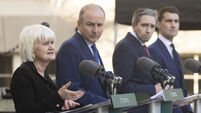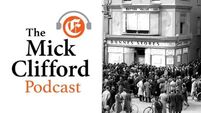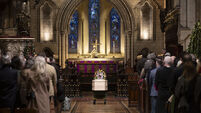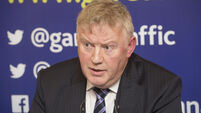Long fight over illegal adoption finally ends

TRESSA Reeves never asked for anything for herself. All she ever wanted was for her son to be told the truth of who he was, writes .
It was a selfless act of a woman and a mother. A woman and mother ignored year after year by every State agency she asked to help her.
















